Final Design Recommendations
Based upon the Configuration Testing Results several final recommendations are given. The recommendations provide:
1. The materials that could be used for uranium and arsenic removal
2. The most likely configuration of these materials
3. The need for an additional adsorptive layer
5. Possible project improvements and project expansion
See section
5.8 of the Final Report
The recommendations to provide exact dimensions, construction details, or maintenance details. In accordance with the Project Exclusions, the point of breakthrough or failure for each material could not be obtained during testing. Without the breakthrough or failure data, it is impossible to determine the longevity of each material, the maintenance required, and how the tested water quality parameters will change over time as the material filters additional volumes of water. As this data guides the device dimensions and material quantities, these values cannot be determined at this time.
The following flow diagram shows the components of the final recommended design. Details of the final recommendations can be seen below the flow diagram and in Section 5.0 of the Final Report.
Single Module
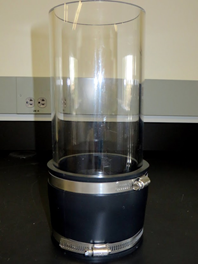
![]()
Gravel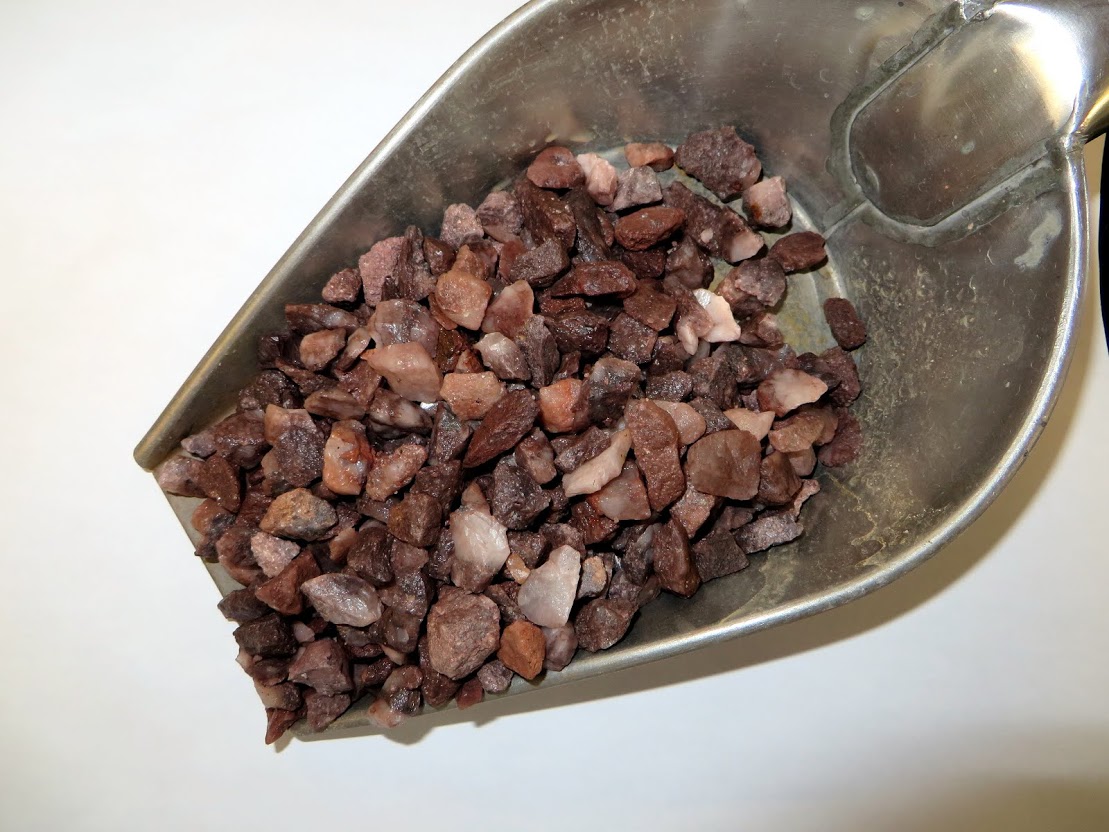
![]()
Sand
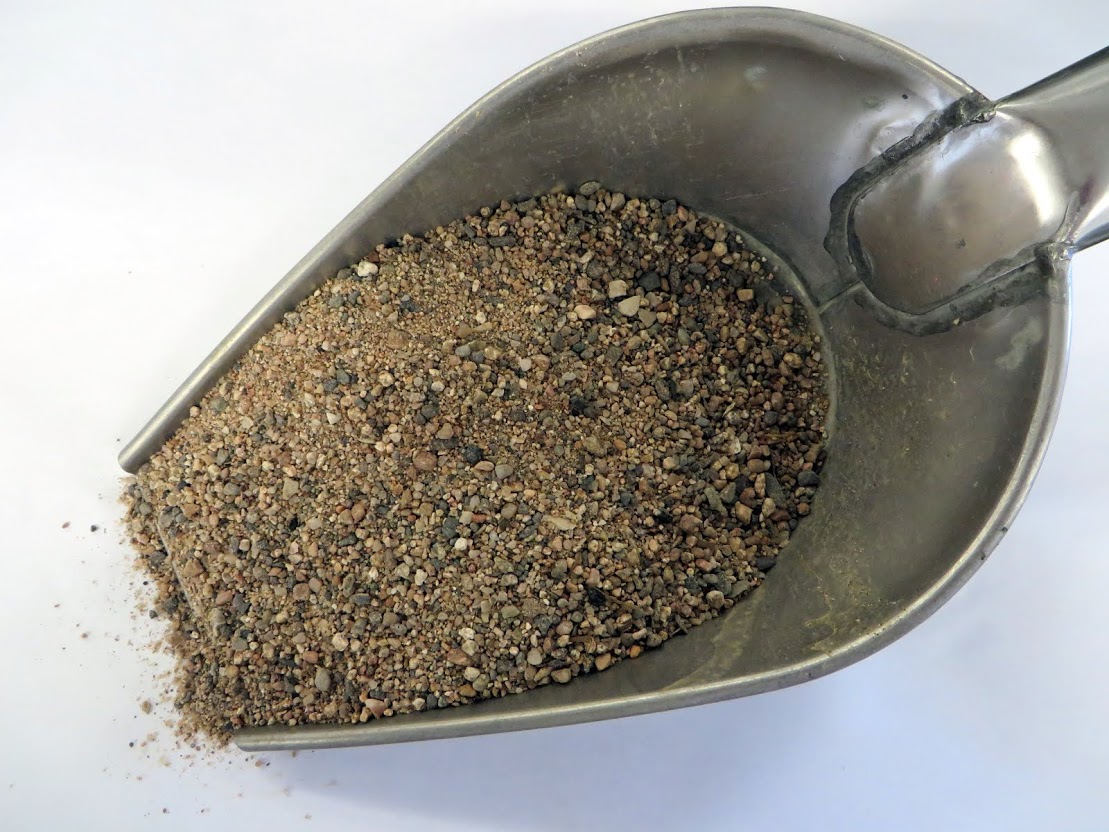
![]()
Orange Peels or Zero Valent Iron Filings
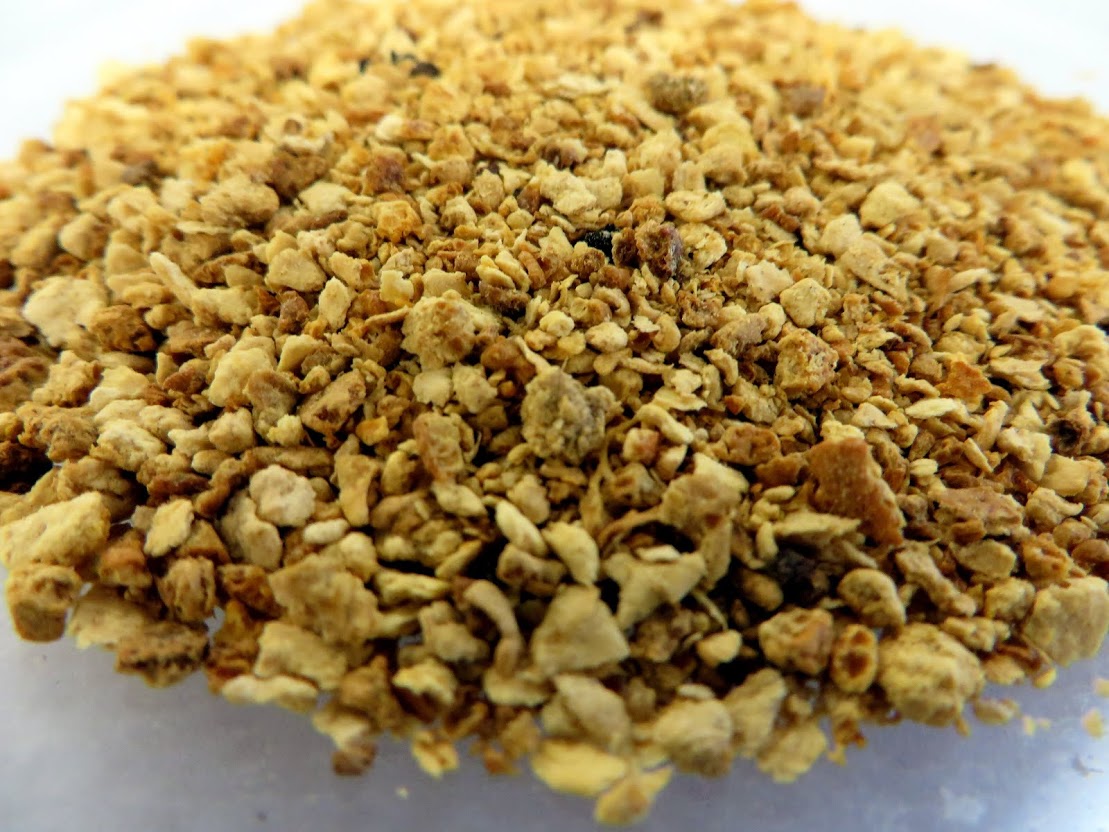
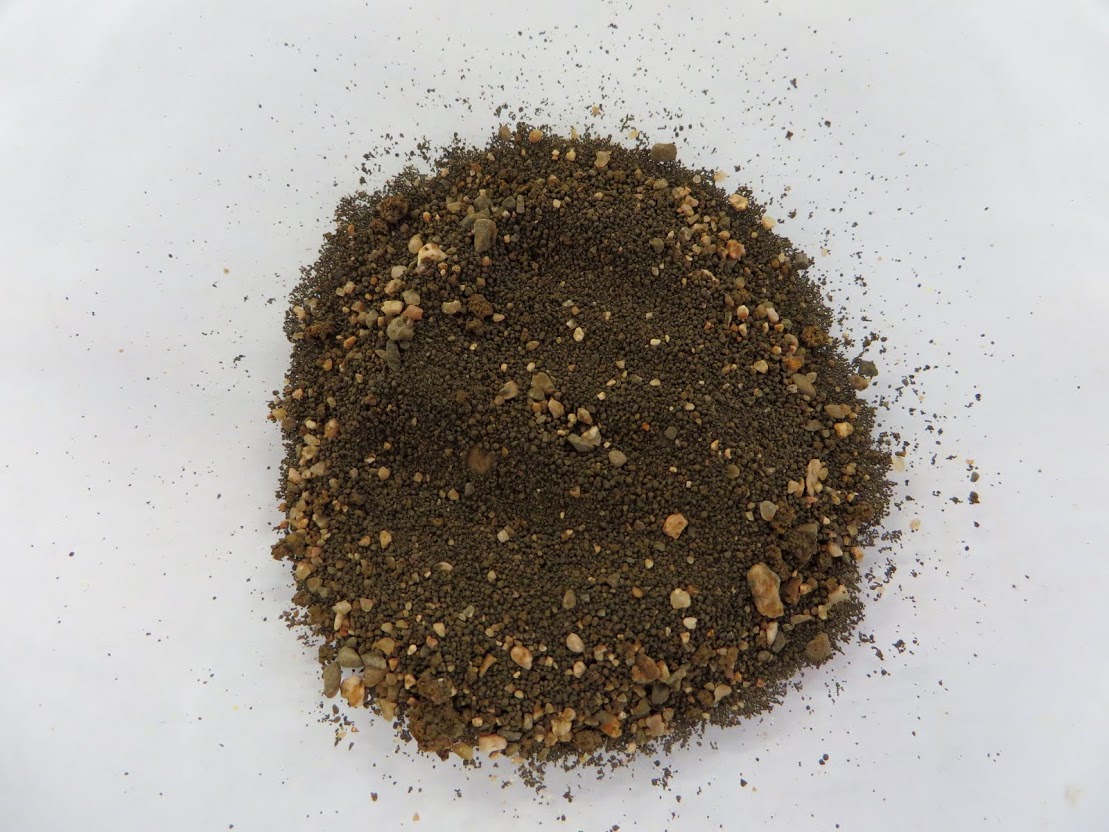
![]()
Sand
![]()
Two Modules Connected in Series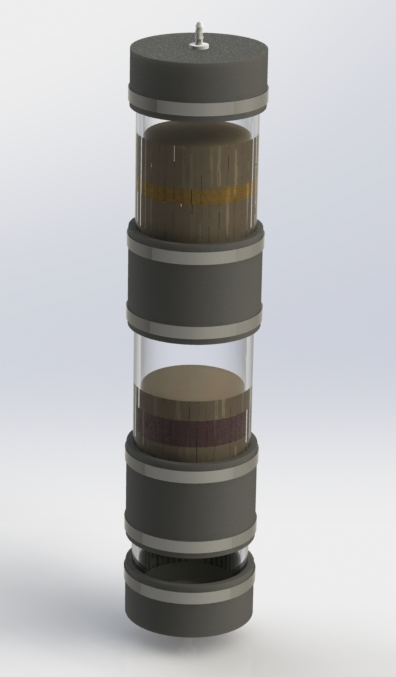
Photo Credits: All photos above were taken by Cheryl Dilks. SolidWorks drawing by Emerson Jones
Uranium Removal
The results of column tests and the modular configurations show that orange peels are likely to be an effective material for the removal of uranium from contaminated water. Optimization of the volume of orange peels is necessary prior to finalizing a water filtration device, and is dependent upon the determination of the reaction kinetics of the orange peels and their longevity.
Arsenic Removal
The results of column tests and the modular configurations show that ZVI filings are the most effective material for the removal of arsenic from contaminated water. As is the case for the orange peels, optimization of the volume of ZVI filings is necessary prior to finalizing a water filtration device, and is dependent upon the determination of the reaction kinetics of the ZVI filings and their longevity. The potential of ZVI filings to exchange iron for the arsenic or uranium it removes may be a cause for concern. Further testing of the effluent for iron concentration should be completed to ensure it is below the secondary USEPA MCL of 0.3 mg/L.
Modular System
A modular system is recommended for its ability to maintenance one module without disrupting the other. Design improvements to the modular system include providing easier maintenance for the orange peels, and installing a ventilation system for all modules except the first in order to facilitate uninhibited flow. For example, a 0.5 inch diameter vent can be installed in the top of the module to allow for the pressure in the module to equalize with atmospheric pressure. This prevents the occurrence of a vacuum effect in modules that causes the water to filter through only a small portion of the material at a reduced flow rate. The exact dimensions of the modular system have not yet been determined due to the lack of data regarding reaction kinetics and material longevity.
Orange Peels on Top, ZVI Filings on Bottom
Based on the results from the Modular Configurations Tests, the only configuration proving effective is the combination of orange peels as the first module followed by ZVI filings. However, it is recommended that additional tests be conducted for confirmation. If flow patterns are corrected in the modular system, it is possible that the other configurations may also be effective.
Additional Polishing Step/Adsorption Layer
Although not tested, a layer of adsorbing material should follow the arsenic and uranium removal layers. This adsorptive layer could consist of granular activated carbon, and would be utilized to trap any particulates or iron that have possibly exchanged from the ZVI layer. This would improve quality and turbidity of the final effluent.
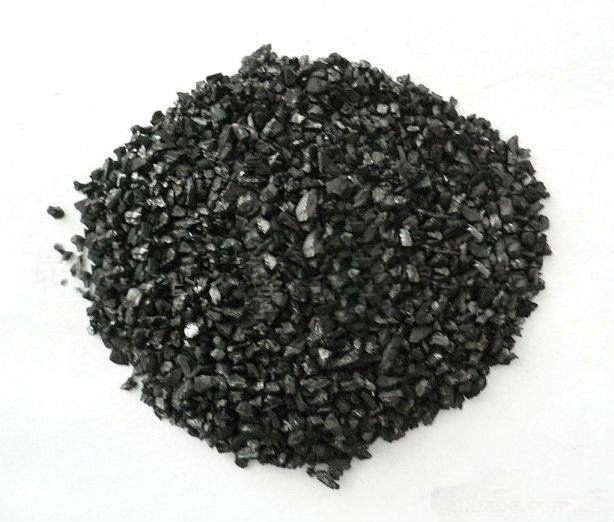
Photo Credit: http://www.alibaba.com/product-detail/Bituminous-coal-based-granular-activated-carbon_522918190.html
Disinfection
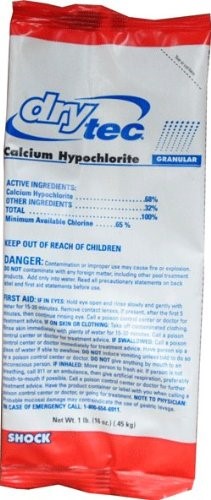 Following the final GAC filtration step, the treated water should be disinfected. Disinfection is necessary to kill or inactivate bacteria, viruses and any other potentially harmful organisms in drinking water. The World Health Organization suggests the use of high-test granular calcium hypochlorite (HTH) as a readily available chemical form of disinfection.To remove any objectionable chlorine odor, it is also recommended that the disinfected water be aerated by pouring it back and forth from one clean container to another.
Following the final GAC filtration step, the treated water should be disinfected. Disinfection is necessary to kill or inactivate bacteria, viruses and any other potentially harmful organisms in drinking water. The World Health Organization suggests the use of high-test granular calcium hypochlorite (HTH) as a readily available chemical form of disinfection.To remove any objectionable chlorine odor, it is also recommended that the disinfected water be aerated by pouring it back and forth from one clean container to another.
One possible form of HTH product is Dry-Tec 68% Calcium Hypochlorite Powdered Chlorine Shock for swimming pools which is available in 48 lb quantities from Amazon. To disinfect water, users must follow thwo main steps:
Step #1:
Create a 1% stock solution of 1 tablespoon of HTH: 1 L water
Step #2:
Approximately 4 teaspoons for the 1% stock solution should be added to 37.5 L of water for a family of 5 per day
Photo Credit: http://www.amazon.com/Dry-Tec-Hypochlorite-Powdered-Chlorine-Swimming/dp/B00B9HQ2O6